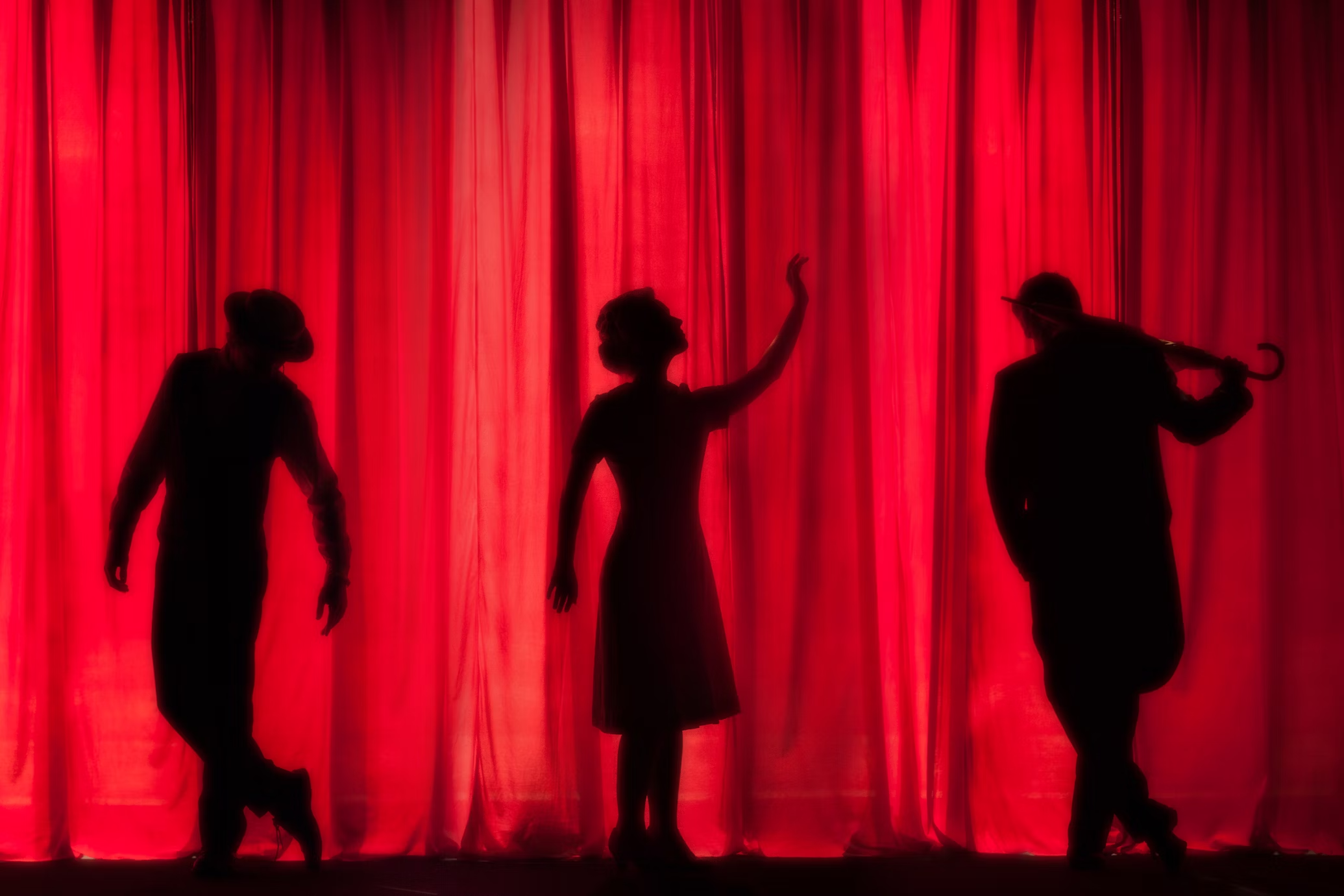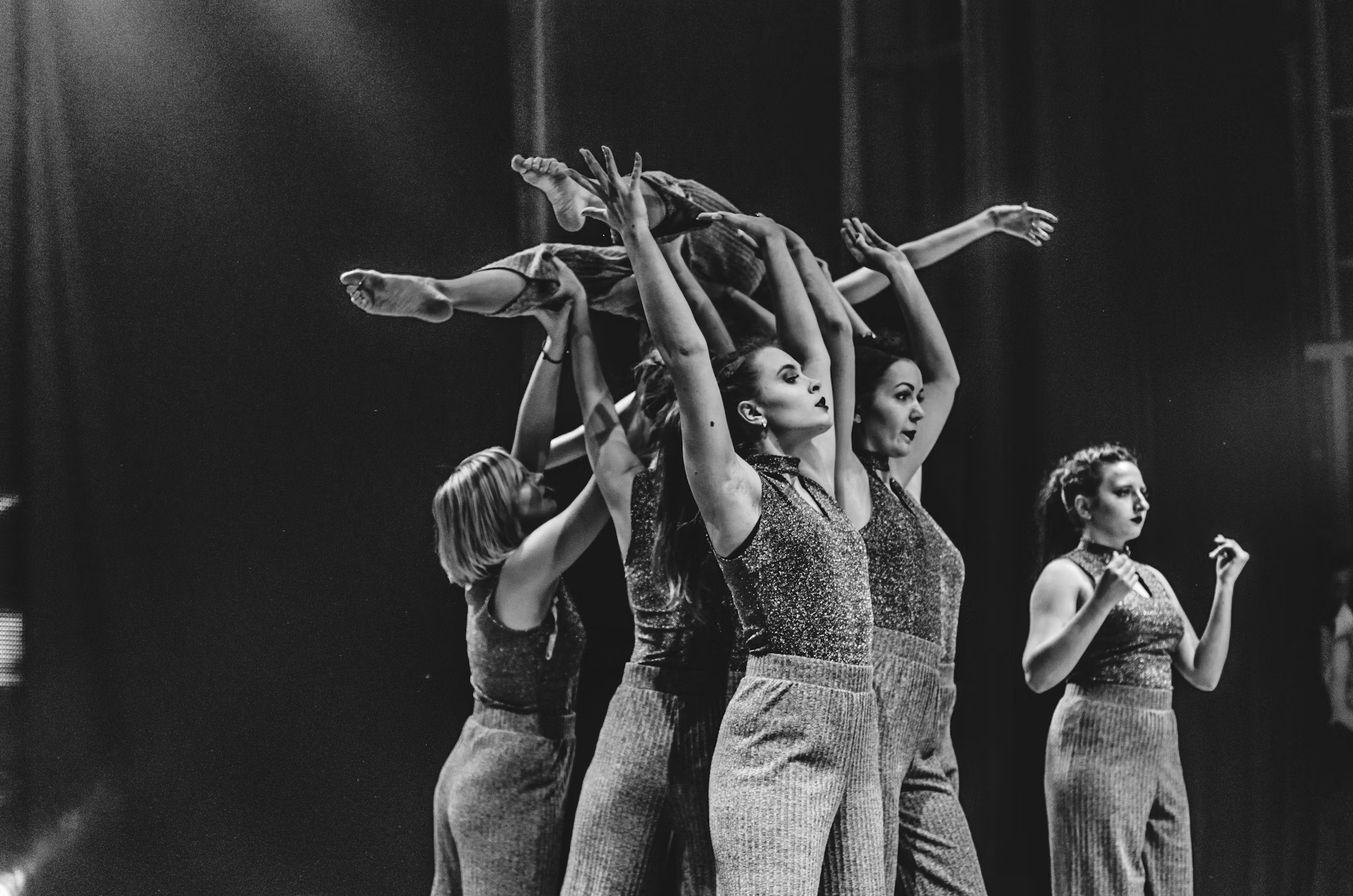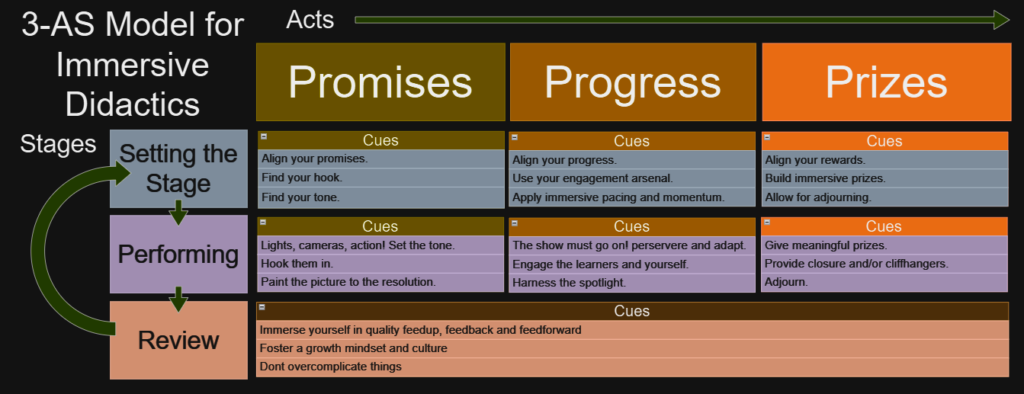At Immersive Didactics, we view teaching as a unique ‘performance art.’ Educators are artists on an ever-changing, interactive stage they largely set themselves. Their role demands not only compelling delivery of educational content and processes but also a genuine connection with their audience, the learners, often at an interpersonal level. This multifaceted performance is inherently complex. Unlike other performers, teachers often lack ‘stagehands’ for preparation or ’technicians’ for support with the ‘lighting and audio’ of their learning environment. Moreover, there’s no ‘box office’; educators have little control over their audience, yet must cater to each learner’s distinct, and sometimes intricate, needs, tastes, and backgrounds.
Picture by Kyle Head via Unsplash.com

Further complicating their role, teachers navigate regular performance reviews, interactions with overbearing or angry parents, and the relentless pace of evolving curricula, rules, and bureaucracy. Yet, this isn’t the full scope. Beyond direct instruction, educators often serve as mentors and undertake extensive auxiliary tasks essential for setting the stage for both themselves and their colleagues. These responsibilities can include curriculum design, coordinating academic programs, leading collaborative projects with external institutions, organizing field trips, managing digital learning environments, and the meticulous work of grading and feedback—among many other critical contributions.
Picture by Luis Villasmil via Unsplash.com

It’s no surprise, then, that many teachers experience burnout, and numerous early-career educators seek alternative paths. While undeniably demanding, teaching is also profoundly rewarding. When a meticulously prepared ‘performance’ resonates, filling the classroom with smiles and engaged chatter, or when a breakthrough with a mentored student translates into newfound confidence and improved grades, educators forge a lasting impact on the lives and futures of their learners. We believe that the methaphor of ‘Teaching as a Performance Art’ may help combat teacher burnout by presenting a different perspective on education.
Picture by Balaji Malliswamy via Unsplash.com

At Immersive Didactics, we champion the ‘performance art’ perspective for teaching because it not only illuminates the vocation’s profound complexity but also empowers educators. This view allows them to metacognitively distance themselves from their work, enabling reflection, continuous improvement, and ultimately, fostering greater professional resilience and well-being. When a working session didn’t go well, it’s not because of the teacher or their qualities. Sometimes, a performance just doesn’t pan out the way you want. Sometimes, you’re not in control of the audience or the environment. Crucially, this metacognitively distanced perspective may help cultivate a growth mindset within individual educators, collaborative teams, and entire institutions.
This aligns with findings from John Hattie’s seminal research, which underscores that a powerful influence on effective education is ‘Teachers and students, working together, as evaluators of their impact.’ Educators thrive when they, alongside their students, continuously reflect on and evaluate their ‘performances’ and their progress towards shared goals.
We wholeheartedly agree. Furthermore, Immersive Didactics posits that this collaborative growth mindset must extend beyond the immediate teacher-student dynamic to encompass everyone working ‘backstage’; the ‘stagehands’ dedicated to enhancing educational quality. Curriculum designers, administrators, student counselors, planners, researchers, and even marketers should consistently ask: ‘How does my work directly support teachers and students in their core mission?’
Picture by Vadim Fomenok via Unsplash.com

The educator, as the performance artist on stage, should be largely empowered to direct their performance and the support systems that enable it. This often necessitates a fundamental ‘flipping of the script’ in many educational institutions where support departments may sometimes operate in silos, detached from the primary teaching and learning interaction. At Immersive Didactics, we advocate for a model where support staff and management are intrinsically oriented to serve the needs of the performers and their audience. This isn’t about unconditionally indulging every whim of diva teachers, but about forging a genuine partnership. We hope looking at education as a stage play on many stages may help shift the dynamic so that support structures work for and with educators to elevate the entire educational experience.

The complexity that is inherent to The Performance Art of Teaching finds a place in our 3-Acts and Stages Model for Immersive Didactics on the vertical axis of the The 3 Stages of Immersive Education. In our model, the educational process is captured on the three stages of ‘Setting the Stage’, ‘Performance’ and ‘Review’. These same three stages are applicable to a wide range of educational contexts and settings, from curriculum design to learning pathways, individual lessons, learning activities and even mentoring talks and small student teacher interactions. In every one of these scenario’s, educators need to set the stage, perform and review. To do so effectively, educators need an environment that fosters a growth mindset, where mistakes are seen as opportunities to grow. Moreover, they need their support staff and management to be there for them and to critically examine together with the teacher how they help deliver their best performances.
Co-Created by:
Writing and editing:
Rik van Steenbergen – Educationalist, Founder of Immersive Didactics
Feedback by:
Petros Maliotis – University Lecturer and Curriculum Committee member
Heinz Evers – Educational Manager and University lecturer